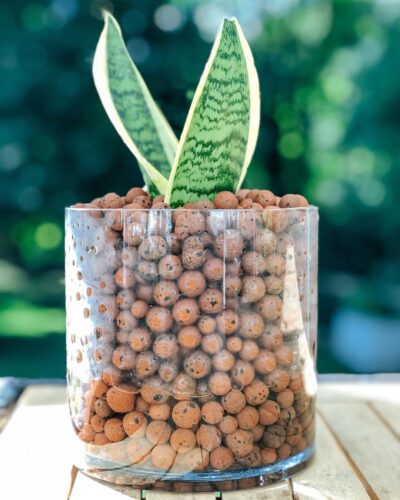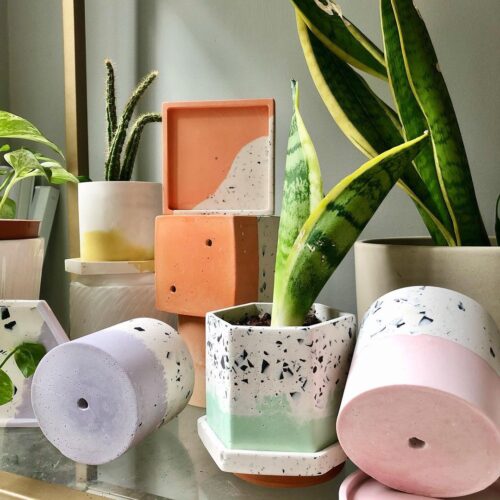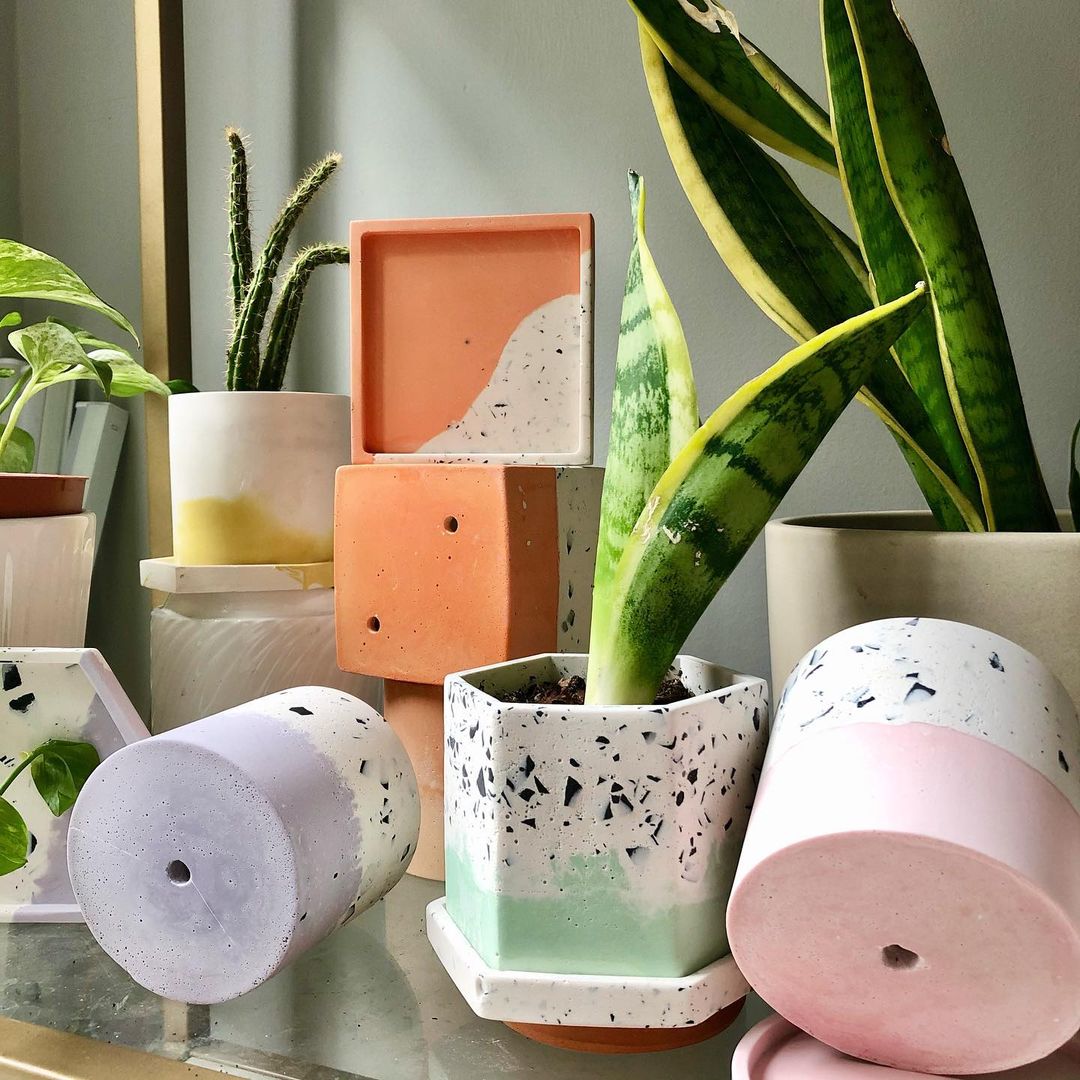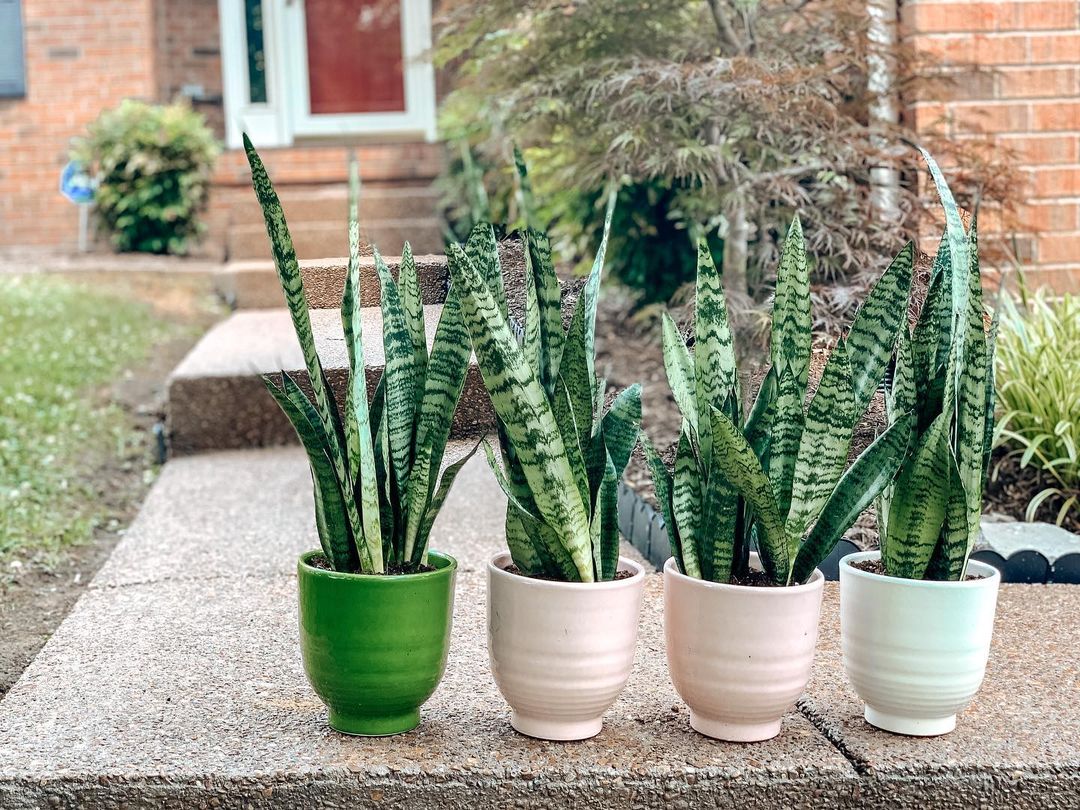Want to know Do Snake Plants Need Drainage Holes? Secret Revealed in this informative post with all the answers you are seeking.
Snake plants (Sansevieria) are popular indoor houseplants that have gained a reputation for being low-maintenance and incredibly hardy. These plants are cherished for their ability to thrive in a variety of indoor conditions, even with minimal attention. However, when it comes to potting snake plants, a common question arises: “Do Snake Plants Need Drainage Holes in their pots?” In this article, you will explore the secret behind this question and provide valuable insights into the care of snake plants.
Understanding Snake Plants

Before delving into the drainage question, it’s important to understand snake plants and their characteristics. Snake plants are native to West Africa and come in various species and varieties. The most common type is Sansevieria trifasciata, which features tall, upright leaves with distinctive dark green and light green stripes. These plants are known for their air-purifying qualities, making them a fantastic addition to any indoor space.
Snake Plant Drooping? Find Solution HERE
The Importance of Drainage

Drainage is a crucial aspect of plant care. In the context of potted plants, it refers to the ability of excess water to escape from the pot. Without proper drainage, several problems can occur:
1. Root Rot:
When excess water accumulates in the soil, the roots of the plant become susceptible to rot. This can lead to the decline and eventual death of the plant.
2. Suffocation:
Overwatering without drainage can also lead to the soil becoming waterlogged, depriving the roots of essential oxygen.
3. Mineral Buildup:
Water that doesn’t have an outlet can lead to the accumulation of salts and minerals in the soil, which can harm the plant.
4. Fungal and Bacterial Diseases:
Stagnant water in the pot can create a breeding ground for harmful fungi and bacteria, which can harm the plant.
Considering these factors, it becomes evident that drainage is a vital component of successful plant care. But what about snake plants?
FIND: Are Snake Plants Toxic to Dogs?
Do Snake Plants Need Drainage Holes?

Snake plants are more forgiving when it comes to drainage compared to many other houseplants. While drainage holes are generally recommended for most potted plants, snake plants can tolerate pots without drainage holes if you follow some essential guidelines:
Well-draining Soil: Use a well-draining potting mix specifically designed for succulents or cacti. This type of soil allows excess water to pass through easily, reducing the risk of overwatering.
Minimal Watering: Snake plants are drought-tolerant by nature, so they don’t need frequent watering. Water sparingly, allowing the soil to dry out between waterings.
Be Mindful of Watering Techniques: When you water your snake plant, do so slowly and carefully. Water the soil directly, ensuring it’s absorbed and not just pooling on top.
Use a Well-designed Pot: If you choose a pot without drainage holes, select one deep enough to provide ample root space. Additionally, consider using a layer of small stones or pebbles at the bottom of the pot to help excess water collect away from the roots.
Monitor Soil Moisture: Regularly check the moisture level of the soil. Insert your finger into the soil up to your first knuckle. If it feels dry, it’s time to water. If it’s still moist, wait a bit longer.
Be Mindful of Environmental Factors: Consider the environmental conditions in your home. If the air is very humid or the room is particularly cold, the soil may take longer to dry out. Adjust your watering frequency accordingly.
Repot When Necessary: If your snake plant has outgrown its pot or the soil has become compacted and less well-draining, consider repotting it into a larger container with fresh, well-draining soil. This can help refresh the plant’s environment and prevent potential issues.
LEARN Growing Snake Plants in Water
The Verdict

So, do snake plants need drainage holes? The answer is contradictory: they can thrive without drainage holes if you follow the proper care guidelines. Otherwise, use a pot with proper drainage holes for growing snake plants.
Snake plants are incredibly resilient and adaptable, making them a suitable choice for both experienced and novice plant enthusiasts. With the right soil, watering habits, and pot selection, you can enjoy the beauty of snake plants in your home without the need for drainage holes.
However, if you’re unsure or prefer a more foolproof approach, using pots with drainage holes is always a safe choice to prevent potential water-related issues.
Learn How to Force a Snake Plant to Bloom
Conclusion- Do Snake Plants Need Drainage Holes?
Snake plants are excellent additions to your indoor space. Their forgiving nature regarding drainage makes them an attractive choice for any plant lover. Remember to keep their unique requirements in mind, and you’ll have a thriving snake plant that adds beauty and freshness to your living environment.



